Napoleonic War defences discovered beneath site of new Leith waterfront development
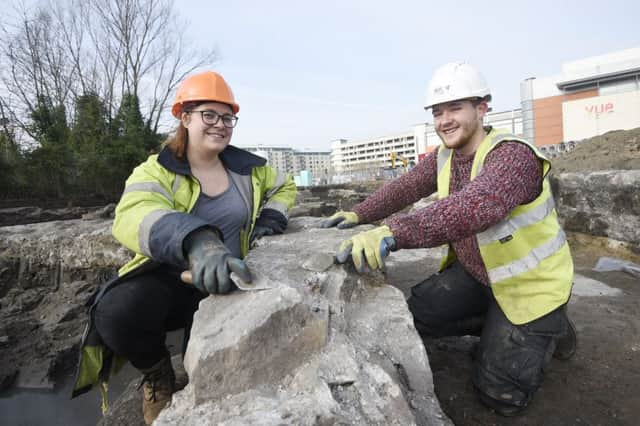

Former fortifications which have been revealed for the first time in more than 150 years at the historic port of Leith will be protected by housebuilder Cala after it altered its plans for the project.
Part of Leith’s Georgian-era docks were revealed during extensive investigations at a former shipyard near the Scottish Government’s offices.
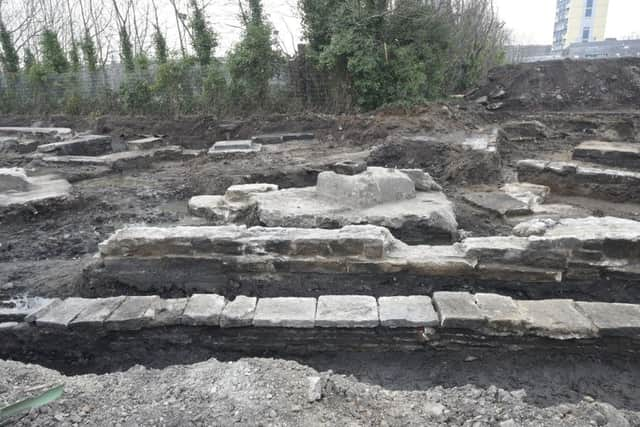

Advertisement
Hide AdAdvertisement
Hide AdArchaeologists say the discovery of part of the old Queen’s Dock, which has gradually emerged during several months of work at the Waterfront Plaza development, is of “national significance”.
It is thought that painstaking research ongoing at the site, which is earmarked for dozens of townhouses at the development, by archaeology experts AOC could shed new light on the city’s maritime history, which dates back well over 1,000 years.
Although the sea defences and the Georgian dock were marked on 19th-century maps, it was not known if any remains were there until excavations began at the old Henry Robb shipyard, which operated between 1918 and 1984.
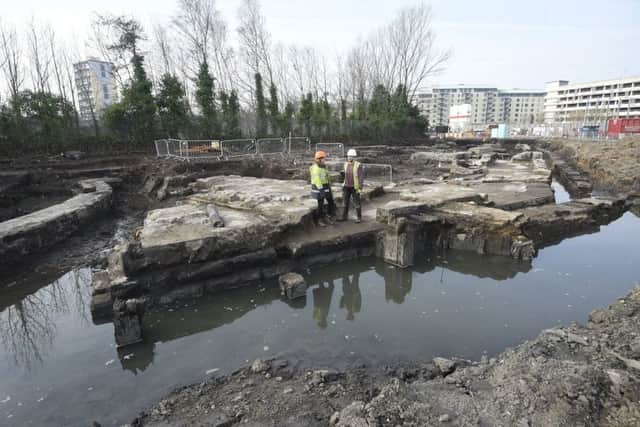

The first docks were built in response to concerns about a lack of suitable facilities in Leith to cope with the growing number of boats importing and exporting goods during the Industrial Revolution.
Advertisement
Hide AdAdvertisement
Hide AdJohn Lawson, archaeologist at the city council, said: “Leith has actually been used as a harbour since the early medieval era and it became Scotland’s main trading port, but there weren’t any proper docks there until John Rennie’s designs for the port were published in 1801.
“The work on the first docks, which we have uncovered, was carried out in phases up until 1817 and included sea defences built in response to the Napoleonic Wars. But these remains would have been covered up in the middle of the 19th century as the docks expanded and it became a shipyard.
“They’re of national significance due to the quality of preservation and their links to an historic event. In terms of industrial and maritime heritage, it’s up there with anything in Scotland.”
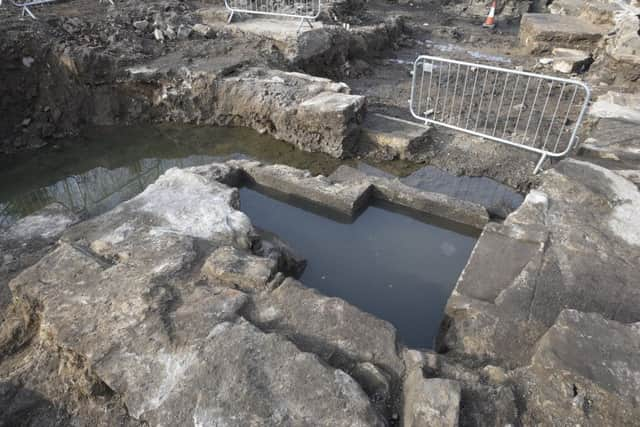

Work got under way in November at the gap site earmarked for the development opposite the Ocean Terminal shopping and leisure complex.
Advertisement
Hide AdAdvertisement
Hide AdTom Mitchell, technical director with Cala, said: “What we’ve unearthed in the last few months is really fascinating and provides a rare glimpse into our seafaring past.
“Working hand-in-hand with archaeology experts at AOC and the council, we’ve been able to subtly adapt plans to ensure we protect as much of the remains as possible. That way, should future generations ever wish to dig and find out more they’ll still be able to do so.”
The discovery has emerged weeks after it emerged that a former custom house in Leith has been earmarked for a £7 million attraction that would celebrate the port’s maritime history.
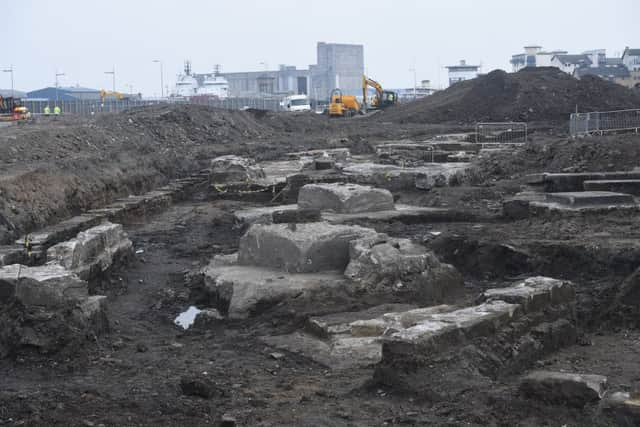

Donald Wilson, the council’s culture convener, said: “This archaeological work shows the historic importance of the busy port of Leith to the defence of Edinburgh and Scotland. Still in good condition, it’s important we continue to work with Cala and AOC to enable the protection of the remains under the new development.”
